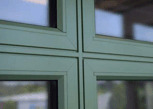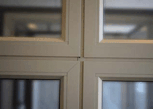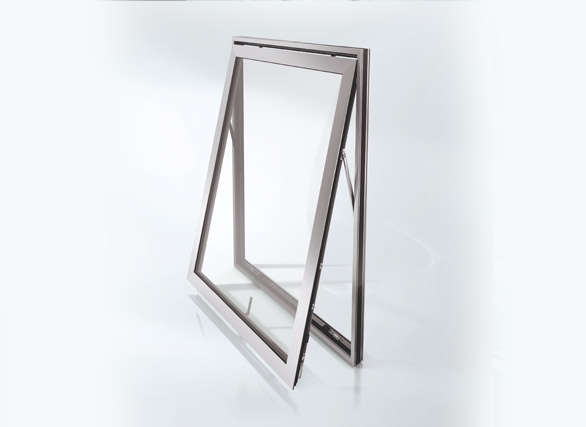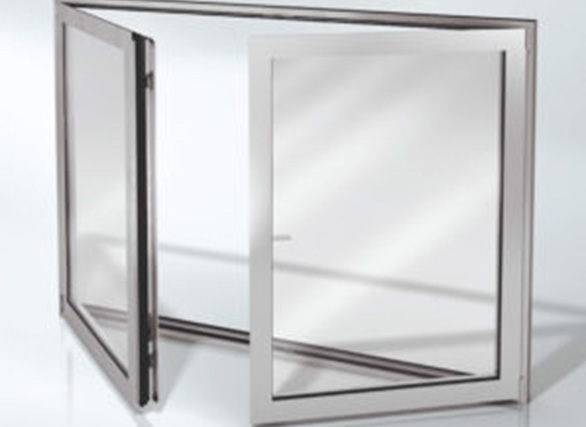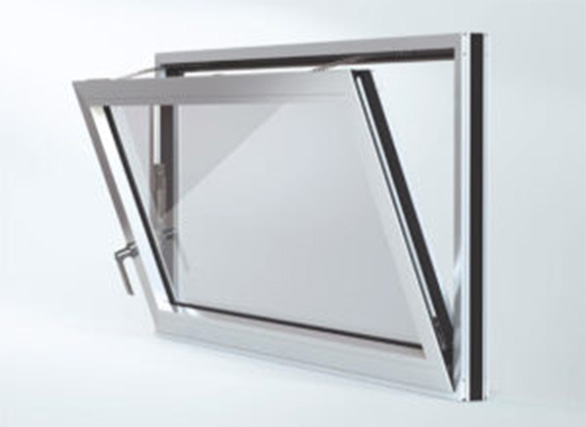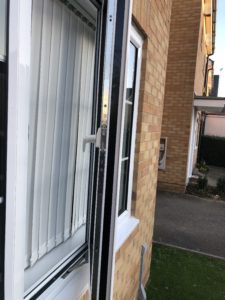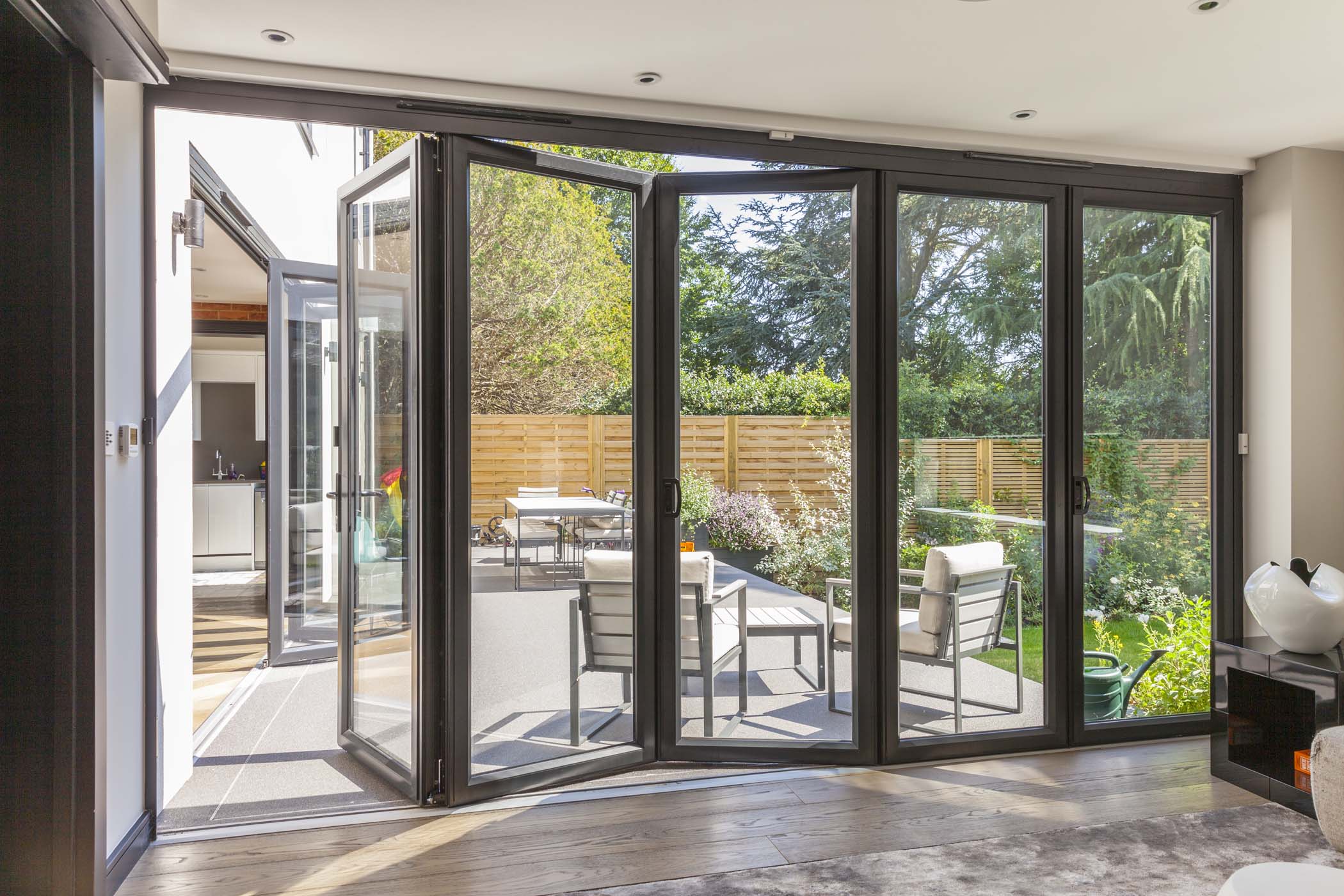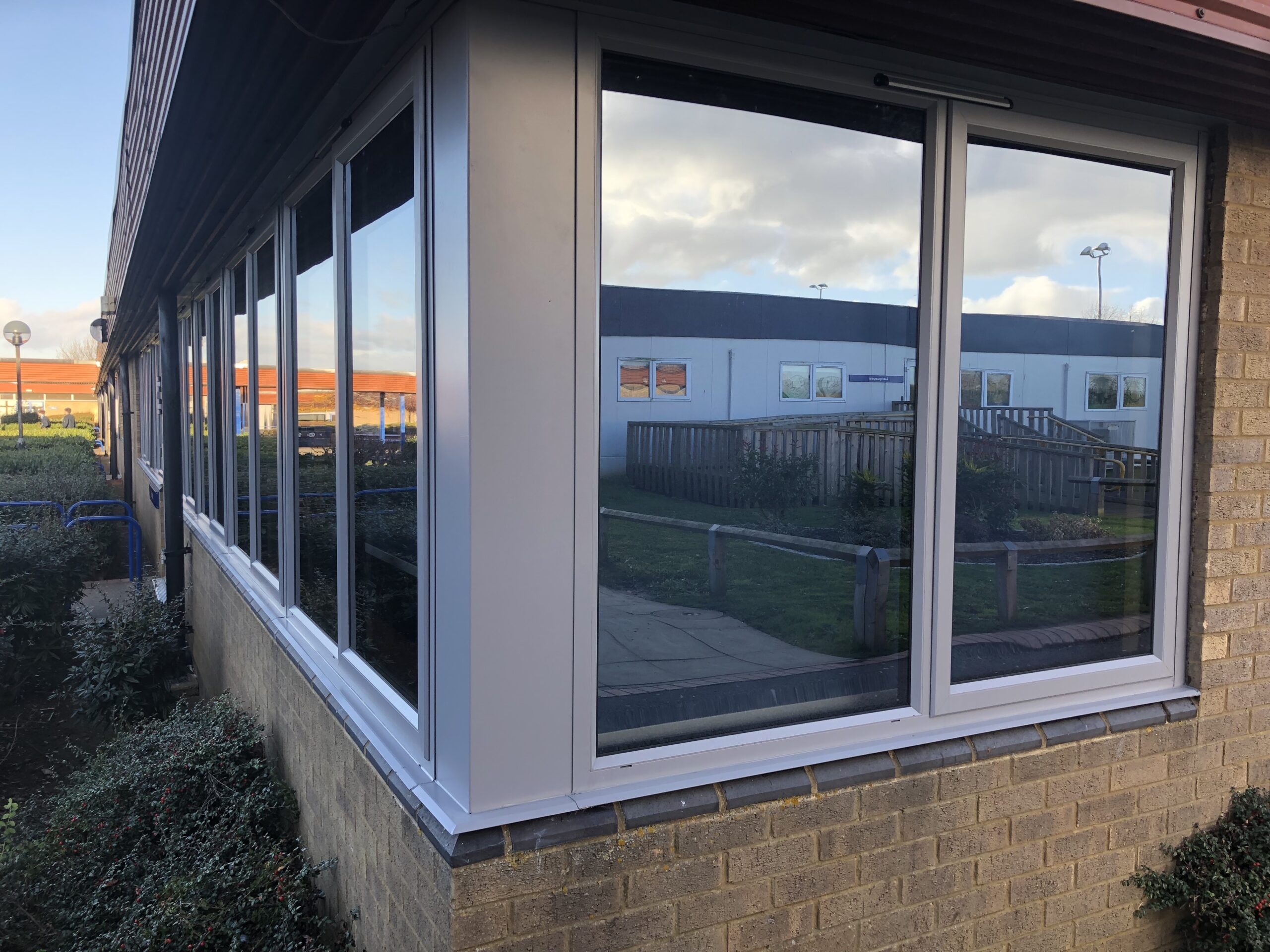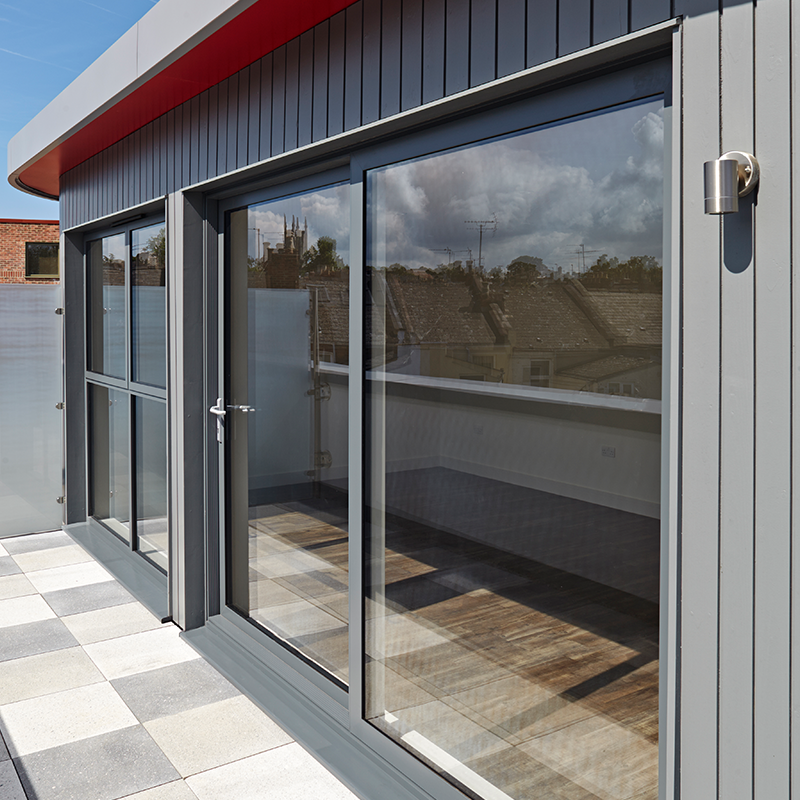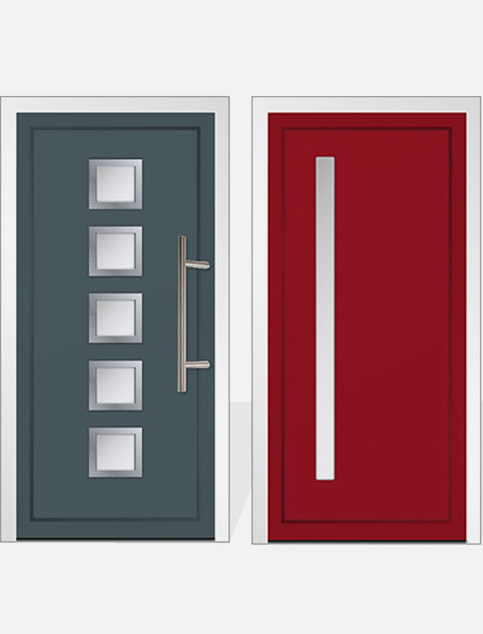Building Regulation
Building Regulations on Windows & Doors
Most of the time permitted development applies to windows and doors and no planning is required, However all window and door installations come under Building regulations.
Building Regulations – Since 1 April 2002 building regulations have applied to all replacement glazing. The regulations apply to thermal performance and other areas such as safety, air supply, means of escape and ventilation. An external window or door is a “controlled fitting” under the Building Regulations and as a result of this classification these Regulations set out certain standards to be met when such a window or door is replaced. You could use an installer registered with the relevant competent person scheme. A registered installer will be approved to carry out the work to comply with building regulations without involving local authority building control. When work is complete you will receive a certificate showing the work was done by a registered installer.
Thermal Heat Loss – Dwellings are required to be energy efficient. A method of achieving greater energy efficiency is to take steps to reduce the amount of heat that is lost through the glazing in both windows and doors. If you are to install windows and doors you should be aware that they need to comply with the requirements of the Building Regulations in relation to the amount of heat that can pass through the glass and framework, which is measured as a U-Value. This U-value should not be exceeded.
Safety Glazing – Safety glazing should be provided to any glass in a critical area. Below is a list giving general view as to when safety glazing is required: Any glazed area within a window below 800mm from floor level, Any glazed area within a window that is 300mm or less from a door and up to 1500mm from floor level, Within any glazed door up to 1500mm from floor level.
Ventilation – Windows and doors provide ventilation to rooms within a dwelling and rules apply to how much ventilation. The type and extent of ventilation will be dependent on the use and size of the room. For example, rooms where steam will be produced (kitchens, bathrooms, utility rooms etc) should be provided with higher levels of ventilation (normally mechanical fans and windows) than other rooms where suitably sized window openings and background (“trickle”) ventilators may suffice.
Fire Safety – There are two aspects to be considered: Fire spread between properties through “unprotected areas”, and means of escape in case of fire. Unprotected areas – External doors and windows may need to have fire resistance and (in the case of doors) be self-closing or (in the case of windows) be fixed shut to limit the risk of fire spread between adjacent properties. The area of walls, doors and windows permitted to have reduced or undetermined fire resistance (known as “unprotected areas”) will be dependent on how close these elements are to the boundary. Means of escape – When replacing any window, the opening should be sized to provide at least the same potential for escape as the window it replaces.
Access To Buildings – When replacing main entrance doors in a dwelling unit that has been constructed since 1999, it is important to ensure that the threshold remains level otherwise the works will not comply with the Building Regulations as it would be making the threshold worse than it was when constructed. This is to enable people, including those with disabilities, to have continued access to the dwelling.

